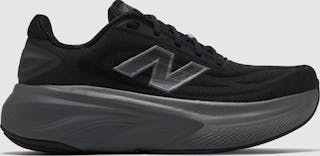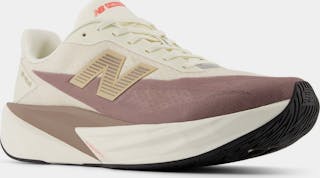Men’s Running Shoes
Lightweight, Cushioned Running Shoes for Hard Surfaces
In our running shoes category, we offer a selection of shoes suitable for asphalt and other hard surfaces. These shoes feature cushioning and midsole structures optimized for hard terrains.
Choose Shoes Based on Skill Level and Fitness
Shoe manufacturers design running shoes with various features tailored to specific target groups. A runner with good fitness and strong feet can benefit from plates added to the sole structure, while casual runners are often better off choosing more standard shoes that emphasize cushioning softness rather than responsiveness.
The weight of the shoes and the type of cushioning contribute to their character: for high-speed runs, shoes with highly responsive cushioning that returns energy are preferred, while softer cushioning is better for long-distance runs.
Pronation-supported shoes are now commonly referred to as “guidance shoes.” The idea remains the same: using midsole materials and structures to guide overpronating feet into a better alignment.
One or Multiple Pairs?
Many runners have one absolute favorite pair of shoes, but there are advantages to alternating between different pairs: training with two different types of shoes significantly reduces overuse injuries. Allowing shoes to recover and dry properly between runs also increases their overall mileage compared to using just one pair.
Favorite Brands
Our selection includes popular running shoe brands among outdoor enthusiasts: Saucony, Salomon, New Balance, and Hoka. Saucony is named after a Native American word meaning “the place where two rivers flow together” and was founded in 1898. Salomon entered the footwear market with hiking boots, later developed some of the most popular trail running shoes, and has now refined its hard-surface running shoe lineup to perfection. New Balance, also over 120 years old, began producing arch-support shoes in the early 20th century. Hoka shoes are known for their generous cushioning, with the foot supported by a substantial layer of EVA foam.
What does “drop” mean?
The height difference between the heel and the forefoot of the shoe is often called the drop. It has a significant effect on running dynamics: a larger drop, 6–8 mm, helps even inexperienced runners direct their energy forward, while a drop of 4 mm or less is a choice for strong-footed runners with good technique.
In this category, you will find our selection of running shoes.







































